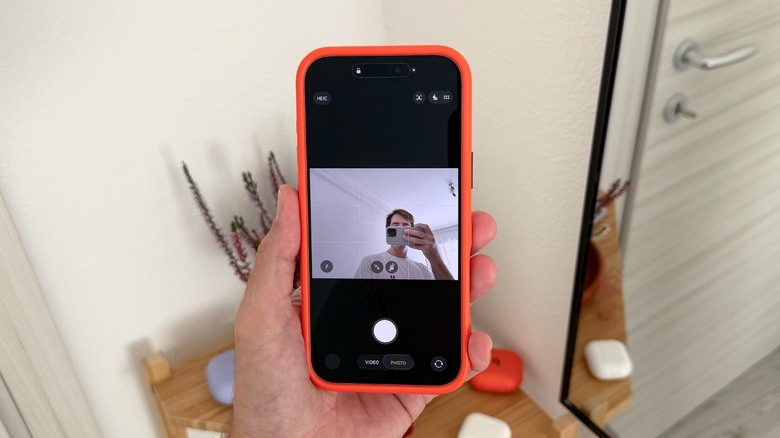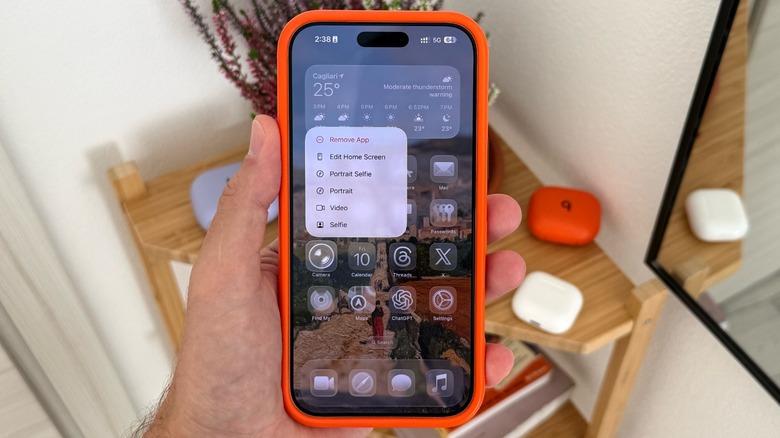6 Reasons Why The iPhone 17 Selfie Camera Upgrade Is Bigger Than It Seems
When Apple announced the iPhone 17 series, the company was serious about taking the regular and Pro models to the next level. While the entry version got Always-On Display and ProMotion technologies, the iPhone 17 Pro models got an upgraded 48MP telephoto lens with improved optical and digital zooms, a vapor chamber to help prevent the smartphone from overheating, and also bigger battery capacities.
Still, after a few weeks of using the iPhone 17 Pro Max, I feel like the biggest improvement of this generation is the all-new 18MP Center Stage front camera. After half a decade of the same 12MP sensor, users were noticing how poorly it was aging. Even with improved Smart HDR technologies, taking a selfie was becoming less pleasantly, with several users opting to use the ultra-wide or main lenses instead.
Thankfully, the new 18MP front-facing camera got several upgrades that make using the iPhone 17 lineup more fun and engaging, while also improving people's selfies. Here's everything you need to know about it.
Here's how the iPhone 17 selfie camera hugely improves from the previous generations
There are a few features that make the iPhone 17 selfie camera so interesting. In addition to this bigger 18MP resolution, which helps capture more details, Apple added its first square front camera sensor, offering a wider field of view. This feels like a next generation of the Center Stage cameras available on iPads and Macs. With that, Apple unlocked the following features:
Landscape selfies look better: When you select a landscape selfie from the front camera, the image doesn't look distorted, as you're still holding the iPhone in portrait orientation.
Automatic group detection: If you have several people with you, the iPhone Center Stage camera will automatically change the selfie to landscape mode, making it easier to take that perfect shot.
Photo quality is better: Even though more megapixels do not necessarily mean better quality, in this case it does. The front-facing camera is better in all different light conditions.
Center Stage for calls: Once you join a FaceTime call, you can move in a certain range that the camera will continue to track you. And if someone calls you from a Mac or iPad in landscape mode, your iPhone automatically switches the camera orientation to match their mode.
Dual Capture: This feature lets you record video from your selfie camera and your main camera simultaneously.
Better videos: It's now possible to record ultra-stabilized 4K HDR videos with the new camera.

